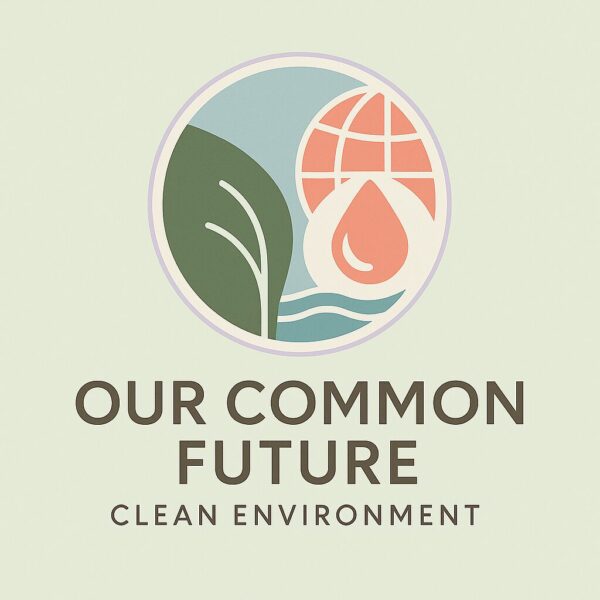Pakistan Emission Reduction
Pakistan emission reduction, energy efficiency, and industrial decarbonization is no longer optional. It is a vital lever for economic competitiveness and climate resilience. Five of Pakistan’s largest industrial sectors, i.e.textile, cement, fertilizer, steel, and paper & pulp, has tremendous, actionable potential for emission reduction. Yet, consistent patterns emerge: soaring energy costs, high carbon intensity, untapped technological upgrades, and a policy-financing gap stalling industry-wide transformation.
Pakistan’s energy intensity stands at 4.2MJ/USD, sharply higher than Bangladesh (1.9MJ/USD) or Sri Lanka (1.7MJ/USD). Carbon intensity is about 38% above North America and 50% above the EU benchmarks. The industrial sector consumes over 37% of all energy (approx. 14MTOE in FY2023) and accounts for nearly 19% of GDP and emissions. Despite this, national output remains shackled by technical inefficiencies and costlier production than regional peers. (Pakistan’s energy intensity is double that of regional peers, says the World Bank).

Fig 1. Pakistan emission reduction is a green industry skyline with solar panels and wind turbines promoting clean, renewable energy and sustainable urban development.
Within this context, the World Bank’s recent analysis identifies sector-specific pathways and barriers:
5 Industries That Must Act Now
In the textile sector, particularly the dyeing and finishing sub-processes, energy savings of 50–60% are realistic, with up to 13% emissions reductions if cleaner fuels, electrification, and process upgrades are adopted. Top mills, like Sarena Textiles, have already cut coal use by 76% and slashed energy consumption by 29% via innovative technology. The sector underpins 61% of exports, employs 40% of industrial labor, and could save a significant primary energy supply—potentially 10–12 million tonnes of oil equivalent if modern solutions are scaled.
The cement industry, responsible for almost 49% of industrial coal emissions and up to 75% of all industrial process emissions, has a high average carbon efficiency gap: 0.79tCO₂/tonne vs the global 0.6tCO₂/tonne. Energy usage reductions between 6–20% and emission cuts from 3–35% are possible with upgraded kilns, reduced clinker ratios, and waste heat recovery. However, reliance on coal remains stubbornly high, feeding 65–70% of industrial demand.
The fertilizer sector, despite installing many digital controls and waste heat recovery systems, remains hampered by subsidized gas. Pakistan’s ammonia production is already more efficient (38.6GJ/tonne) than the world average (41GJ/tonne), yet further decarbonization such as carbon capture or green ammonia requires new incentives and capital. Policy instability and the gas subsidy regime make large-scale change difficult, keeping further emission reductions untapped.
Pakistan’s steel industry, powered mainly by electric induction (scrap-fed) furnaces, can still achieve 5–12% emissions cuts and 8–10% energy savings through plant upgrades (motors, drives, heat recovery). The sector’s emissions intensity, averaging 1.85–1.89tCO₂/ton (2018–2020), signals the need for wider adoption of best available technologies.
World Bank Role for Pakistan Emission Reduction
Rapidly growing at an annualized rate of about 7.2%, the paper & pulp segment is just beginning. To address its energy and emission profile. Advanced efficiency measures—cogeneration, electrification, biomass boilers—could slash emissions by 3–60% and energy costs by 5–45%. Emerging solutions might cut energy use by 40% and emissions by 30%. These remain largely unimplemented outside a handful of leading mills.
Barriers are primarily institutional and financial: lack of technical knowledge, competitiveness anxieties (especially with “decarbonisation” language vs. “efficiency”), narrow access to credit, and chronic policy volatility.
The World Bank calls for public-private credit lines, guarantee funds, and targeted investments in modern plant solutions,high-efficiency motors, waste heat recovery, heat pumps, solar-thermal, and biomass systems. Capitalizing on these would not just support Pakistan’s NDC climate commitments but bolster industrial profitability in a landscape of doubling power tariffs and quintupling gas prices in recent years.
The table below summarizes sectoral opportunities and obstacles:
Table 1: showing energy savings and Pakistan emission reduction potential across key Pakistani industries, e.g. textile, cement, fertilizer, steel, and paper, highlighting challenges and barriers to sustainable industrial transformation.
My Opinion
In my opinion to unlock this dormant capacity, Pakistan must embrace a de-risked, partnership-driven model. Using credit lines, guarantee funds, and pilot projects to make efficiency upgrades not a liability, but a competitive imperative. Embedding industrial efficiency and decarbonisation in national policy and NDCs. Piloting scalable models in Punjab, Sindh, and Balochistan, will lay the foundation for sustainable growth and Pakistan emission reduction.
Imagine the pulse of Pakistan’s factories flowing not with wasteful energy, but with rhythmic, efficient production. Emission footprints fading as technology, finance, and visionary policy combine to renew industrial prosperity. Even modest, accelerated gains will yield significant GDP and climate dividends for decades to come.




